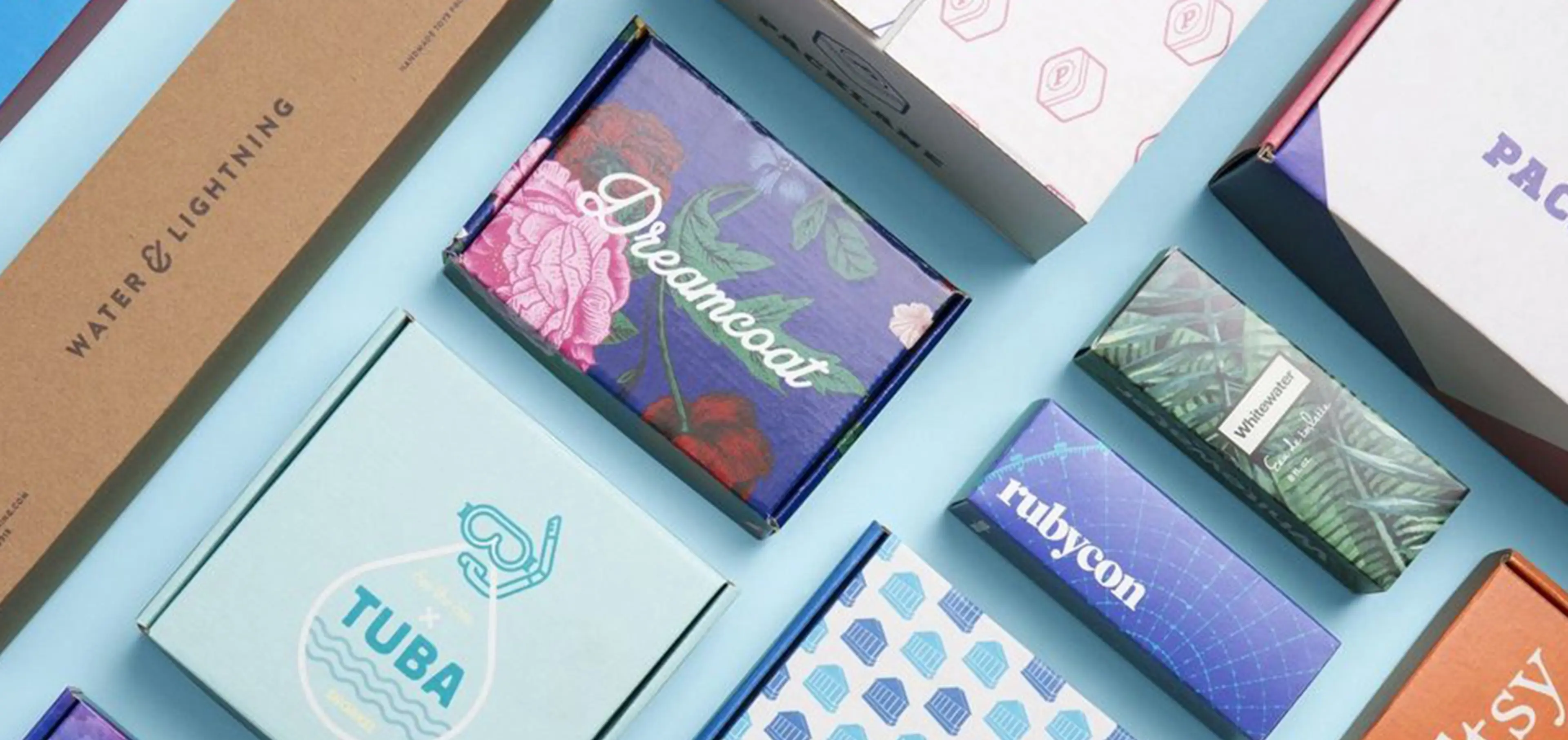
Retail & Luxury Goods
1 Jun 2019
3 Min Read
Unboxing the Success of Subscription eCommerce
Subscription eCommerce has proliferated over the last five years.
Retail & Luxury Goods

Retail & Luxury Goods
4 Sept 2025
9 min read

News
5 May 2025
3 min read

News
17 May 2024
2 min read

Retail & Luxury Goods
1 Jun 2019
3 Min Read
Subscription eCommerce has proliferated over the last five years.
Retail & Luxury Goods